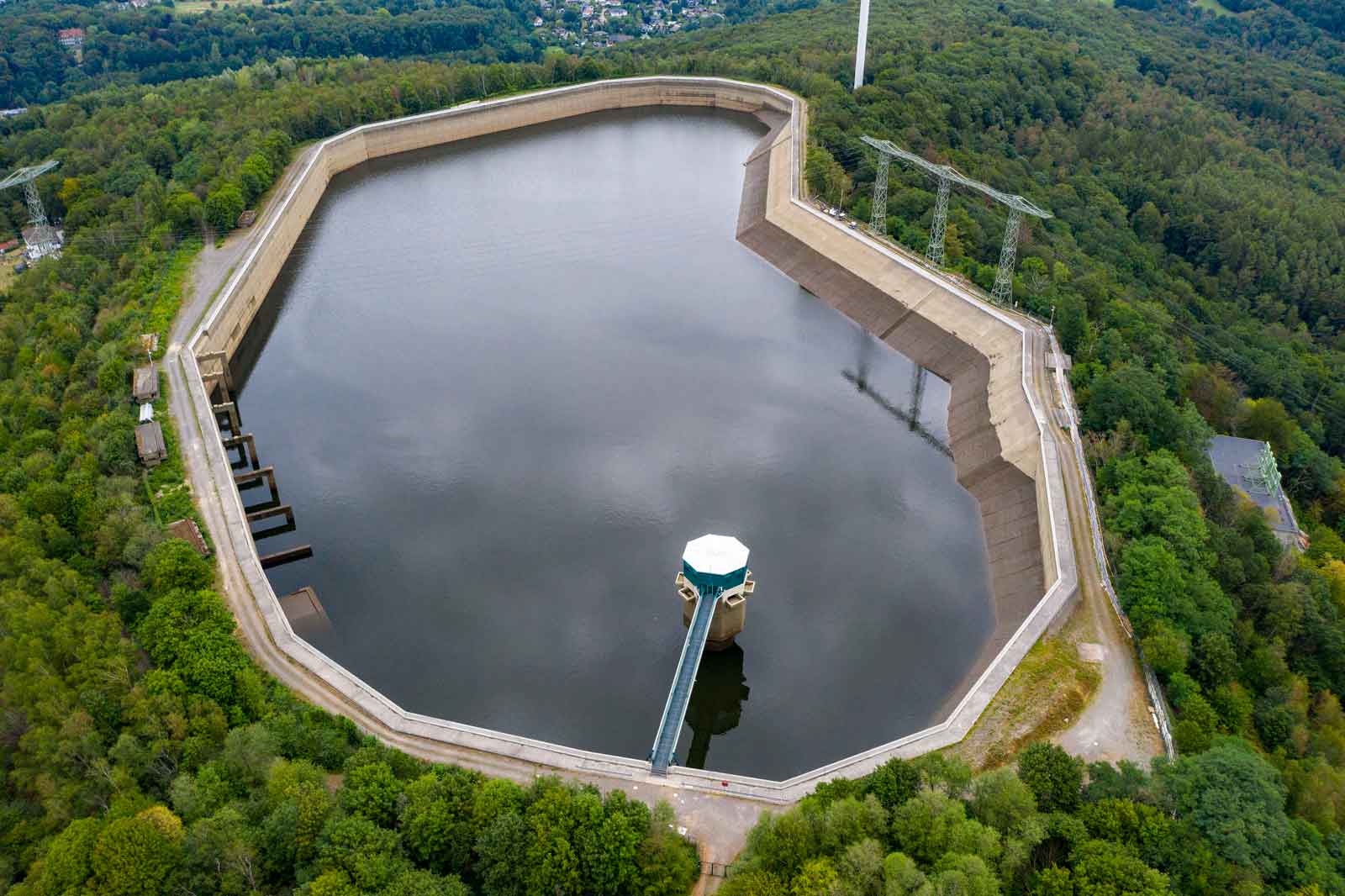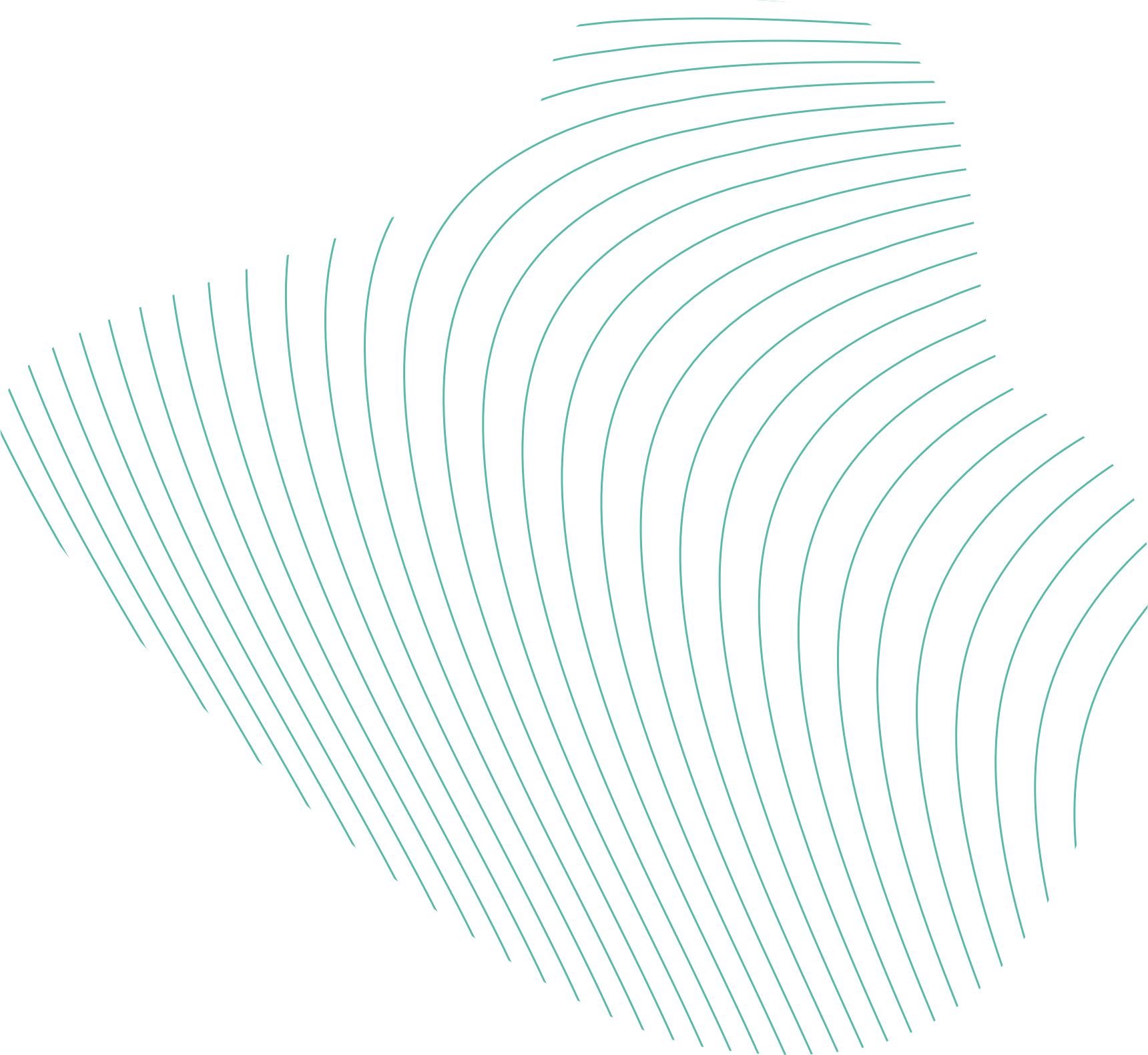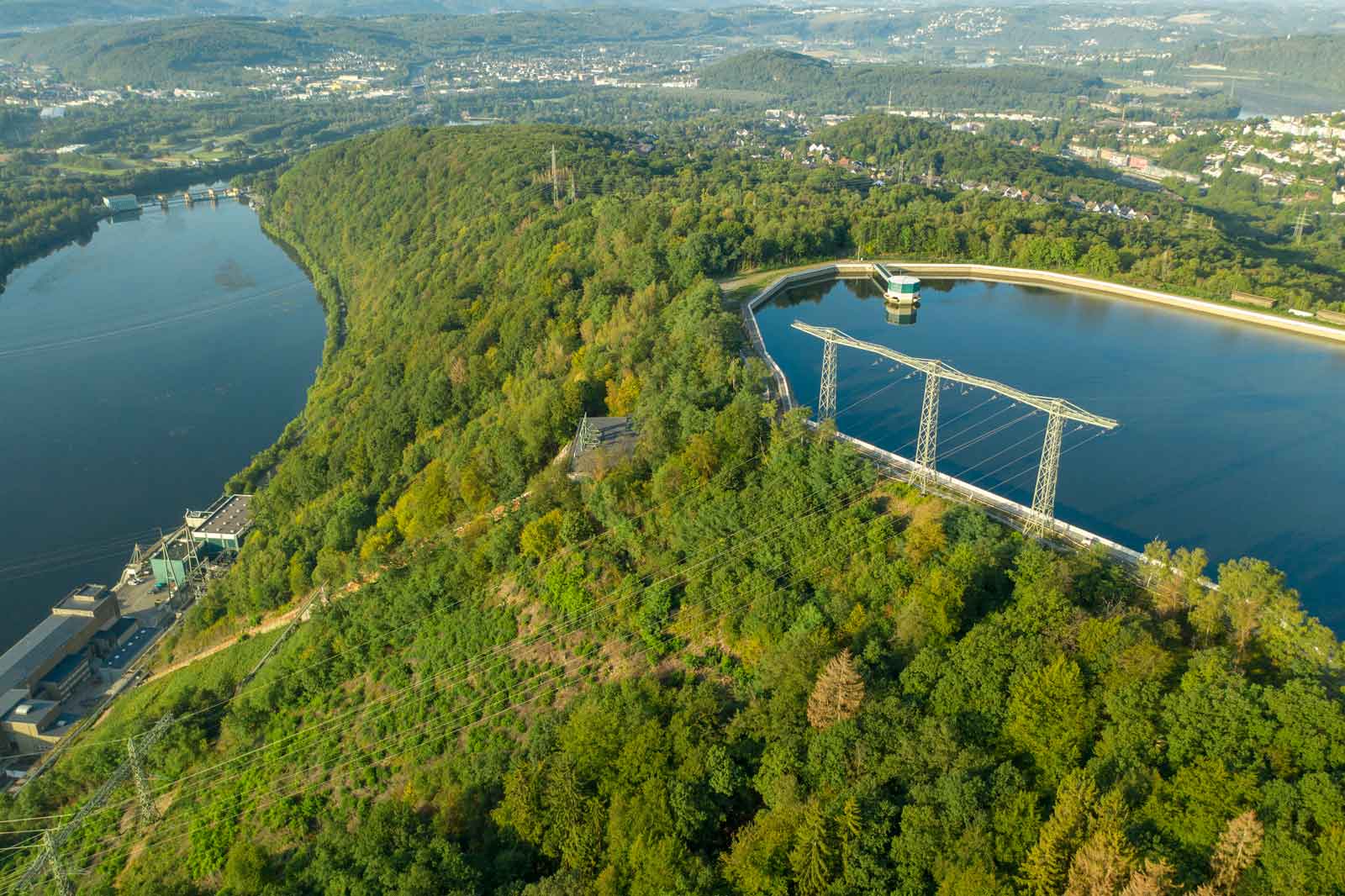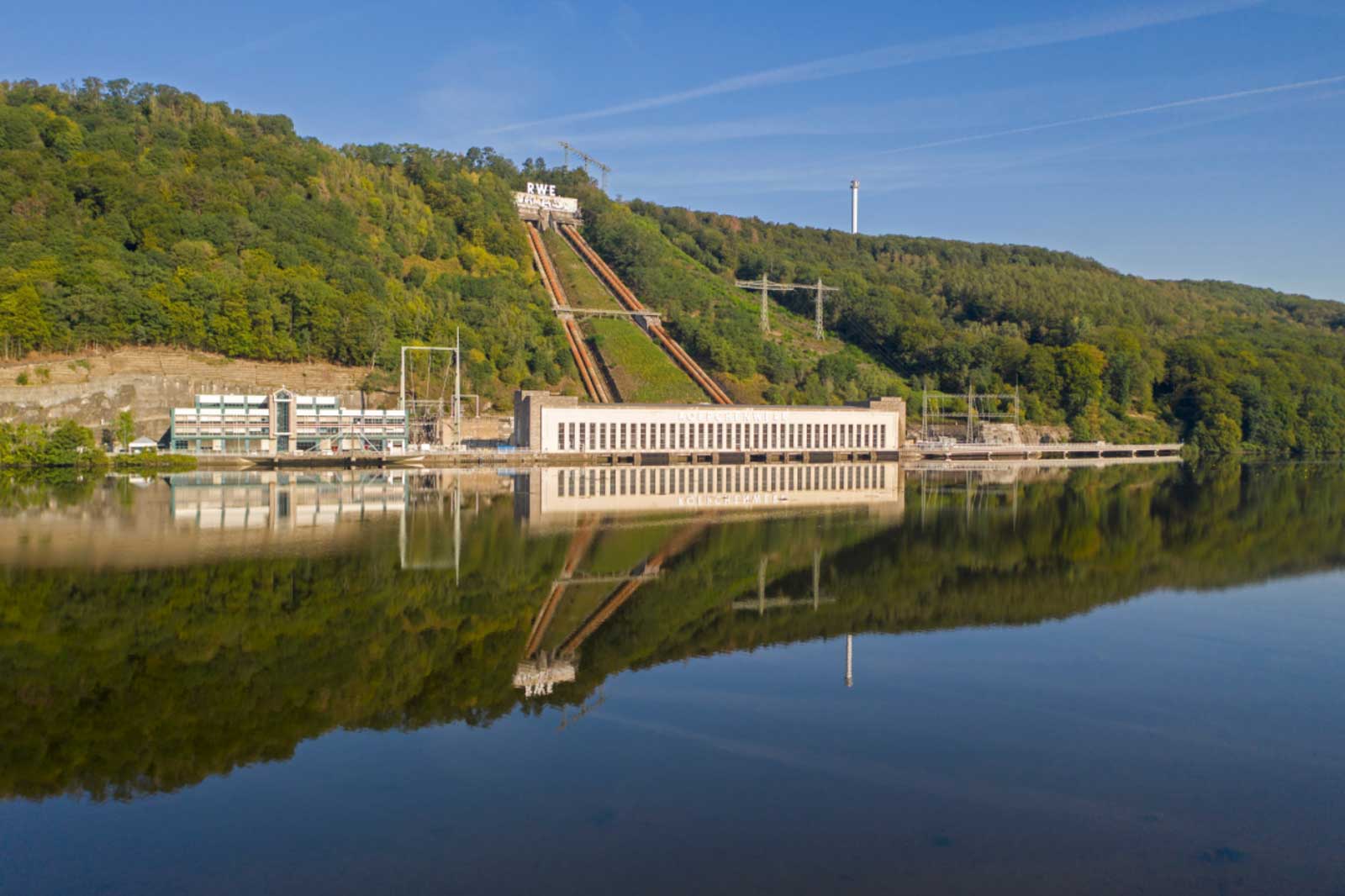Water-retaining structures are used in many different ways, not just to generate electricity from hydropower. Frequently, they were constructed mainly to serve other purposes. The Schwammenauel power plant is connected to the Rurtalsperre reservoir system, which controls water levels in the river Rur and supplies drinking water for the Aachen metropolitan area and the Eifel region.
The power plants on the rivers Saar and Mosel are connected to reservoir systems that were built to make these rivers navigable. In addition, barrages can help stabilise bottom water and groundwater levels and are often tourist attractions, e.g. Lake Baldeney in Essen. Reservoir systems can also be of high ecological value.

Pumped-storage hydroelectric power plants use water to store energy. Systems of this type can be used in many different ways. Electricity can be stored during times of low consumption and fed back into the grid during peak times. Since pumped-storage plants can start up without external electricity in the event of a wide-area blackout, i.e. perform a “black” start, the grid can be rebuilt starting with these facilities. In such an event they thus form the backbone of the European electricity supply system!
Pumped-storage power plants can be started up very quickly due to the technology involved. Therefore, no other power plant type is as quick and flexible as pumped-storage hydroelectric power plants, making these sprinters of energy generation the ideal systems to provide control energy for balancing out fluctuations in generation and demand on the electricity grid. This task is becoming ever more important due to the increasing share of fluctuating feed-in from renewables. Pumped-storage power plants thus ensure security of supply, in particular in the age of renewables.
Since a constant voltage and frequency in the grid is vital for supplying all electrical appliances such as refrigerators and computers with power without damaging them, this is controlled continuously by all large power plants. To this end, particularly the reactive power, the part of the electricity that is necessary to drive electric motors, for example, but is also generated by many applications unintentionally, is monitored and controlled continuously. Pumped-storage power plants are designed in such a way that they can provide reactive power control and thus take care of this element for keeping the voltage stable in the grid when running idly or in “phase-shifter mode”. Since wind turbines or photovoltaics plants can currently only perform limited reactive power control, pumped-storage power plants play a key role in integrating renewables.



